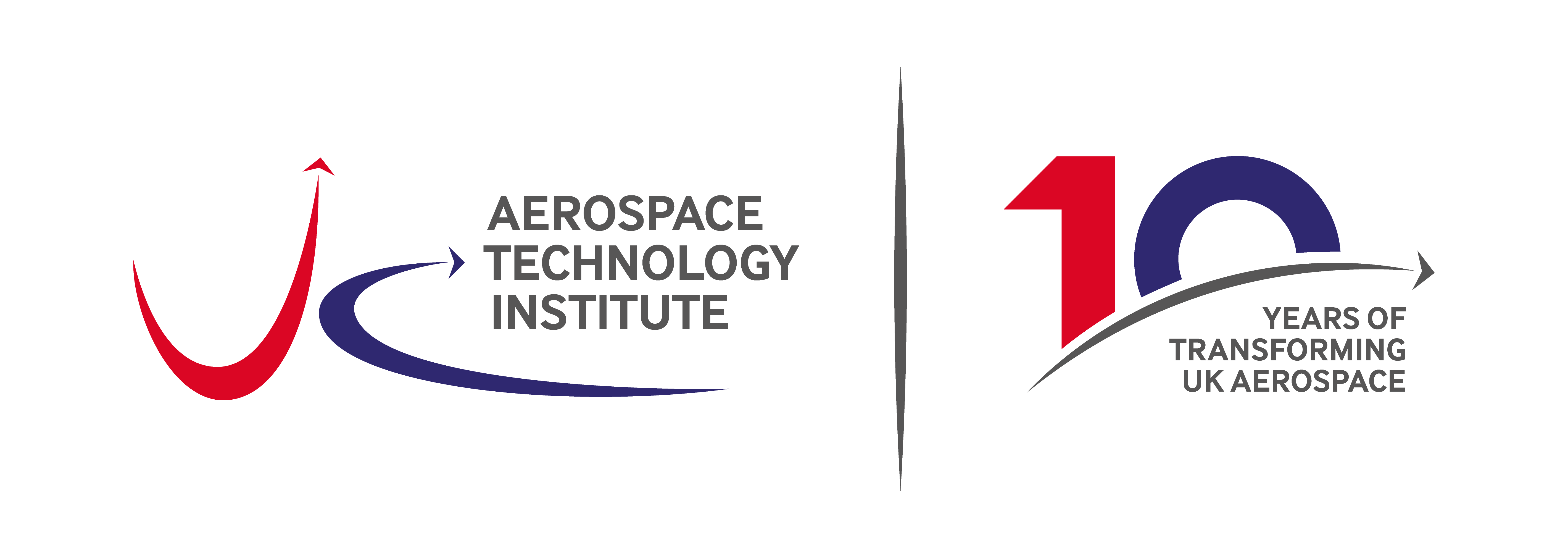Primary funding opportunities: Non-propulsive energy and control systems
The latest instalment of our primary funding opportunities blog series sees Kiran Harish, Lead Technologist, explore the advancements needed in non-propulsive energy and control systems.
Aircraft fuel system technologies for both conventional and Sustainable Aviation Fuels (SAF) will need to continually evolve to improve fuel efficiency through integration and weight reduction. The aircraft fuel system also requires continued development of technologies to reduce cost through enhanced operational efficiency.
The aircraft landing gear system also requires continued technology development to improve fuel efficiency through lightweighting and system optimisation. The adoption of harsh environment landing gear sensing capability and advanced manufacturing technology for cost reduction, together with improved environmental capability through adoption of new materials is also required.
Ultra-lightweight and SAF compatible fuel management & gauging technology
As future ultra-efficient aircraft will increasingly utilise SAF, changes to fuel systems are necessary.
SAF has a lower density vs conventional aviation fuel, with the implication that fuel gauging systems will have to incorporate high accuracy density measurements suitable for both conventional aviation fuel/SAF blends and 100% SAF. The lack of aromatic hydrocarbons in 100% SAF will affect performance of seals in the fuel system (see ATI’s paper on SAF integration). Compatibility between SAF and the elastomer seal materials used in fuel systems is critical to ensure fuel systems function as intended.
Fuel management and gauging technologies for ultra-efficient aircraft are expected to be ultra-lightweight, have enhanced reliability and meet stringent safety requirements around flammability, fire detection and protection, leak detection and fuel contamination detection.
UE (Ultra Efficient) landing gear systems
As aircraft transition from the aircraft of today to future ultra-efficient and zero-carbon aircraft, a step-change is required in landing gear architectures and technologies to deliver aircraft level benefits on weight, efficiency, cost and reliability.
The landing gear system of the future will need to incorporate:
- materials and manufacturing technologies aimed at reducing weight
- noise reduction technologies to reduce aircraft noise on approach
- systems technologies to improve efficiency, reduce weight and costs
- novel architectures that are aligned with future aircraft architectures, including high aspect ratio wings and dry wings (see blog: Primary funding opportunities: High aspect ratio wings and dry wings).
For future non-propulsive energy and control systems that have a heavy maintenance burden, such as fuel systems and landing gear systems, there is a need to make them more intelligent through incorporating advanced sensing, prognostics and health management functions. Prognostics and health management technologies can enable a shift from schedule-based maintenance to condition-based maintenance, improve aircraft availability and drive down lifecycle costs.
Development and exploitation of systems technologies such as these in the UK has potential to create impact throughout the supply chain that produces components for these systems. There is an opportunity for the UK to build upon existing capabilities in valves, pumps, and seals for conventional fuel systems, to capture and grow workshare in SAF-compatible fuel systems for future ultra-efficient aircraft. The UK has significant capabilities in research, design and manufacture of landing gear and continued development of next generation technology will ensure the UK maintains and grows its workshare for landing gear.
Primary funding opportunities
The ATI Programme remains an open competition and the ATI continues to encourage ideas and engagement from across the whole aerospace spectrum aligned to the technology strategy, Destination Zero. Click here to find out more about the primary funding opportunities in the ATI Programme. Look out for our next blog exploring the technologies identified as key to achieving Net Zero 2050 and securing UK competitiveness which require investment in upcoming funding batches.


